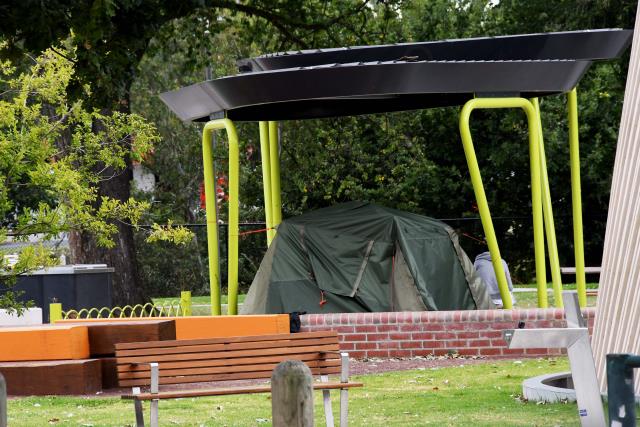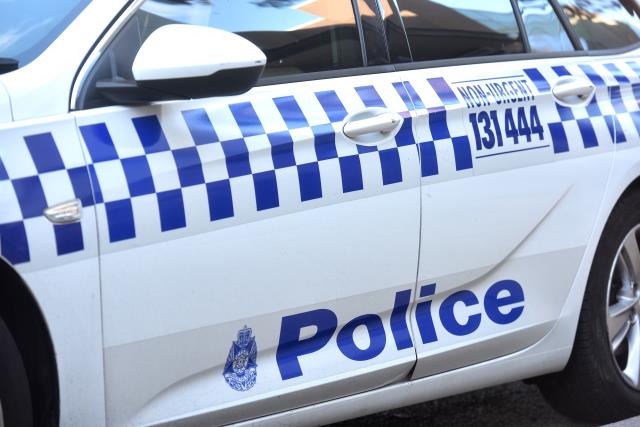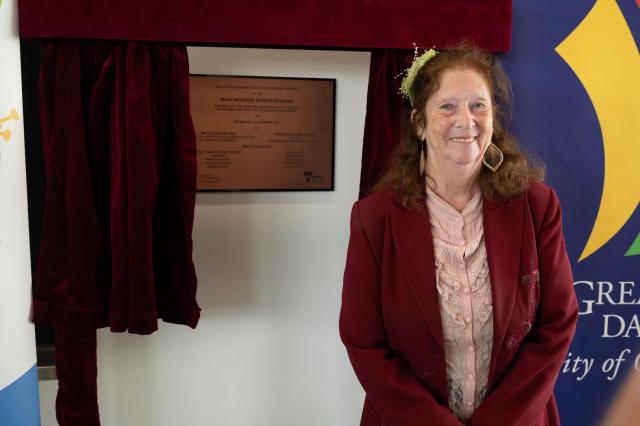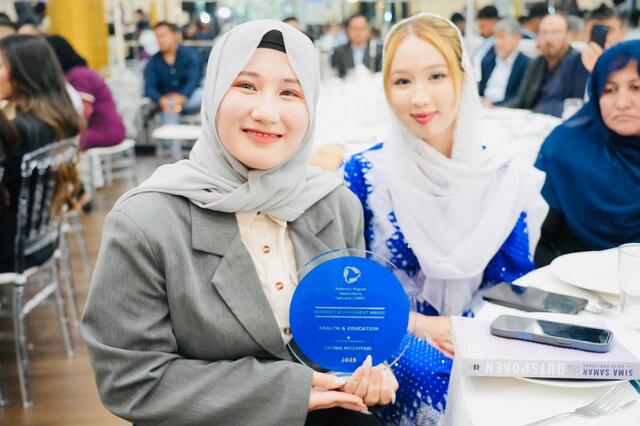Greater Dandenong has again topped the state for levels of homelessness, up 22 per cent in five years, according to the latest Census data.
In 2021, there were 2366 experiencing homelessness – equivalent to one in 67 residents.
The next highest rates were in Melbourne (one in 86) and Port Phillip (one in 97) council areas.
Almost half (1111) in Greater Dandenong were crammed in “severely crowded” homes that require a staggering four or more extra bedrooms.
There was also a doubling of Greater Dandenong residents in boarding houses (724).
Twenty-two dwelled in tents, 382 in supported housing for homeless people, and 45 were temporarily staying in other households.
There were a further 2284 not classified as homeless but in ‘other marginal housing’, such as ‘crowded’ dwellings that required three extra bedrooms or in caravan parks. This was down 17 per cent from 2016 levels.
Meanwhile in neighbouring Casey, homelessness soared by 45 per cent from the 2016 census figures. In 2021, there were 1852 residents in homelessness.
Greater Dandenong’s 22 per cent rise mirrors a 24 per cent rise across Victoria.
As recently reported by Star News, housing agencies have warned of rising rental stress and a dire lack of affordable housing in Greater Dandenong.
Reacting to the census figures, Launch Housing chief executive Bevan Warner said “more housing is not enough and that supported accommodation is required to address health needs, which are correlated with homelessness.”
The Census shows a moderate rise in supported accommodation in Greater Dandenong, with 62 more residents in supported accommodation in 2021 compared to five years earlier.
Launch Housing is involved in Functional Zero projects to end rough sleeping in five council areas – Greater Dandenong, Frankston, Melbourne, Port Phillip and Stonnington.
It includes tracking people who are actively homeless and knowing them by name, as well as connecting them with health, housing and other support services.
As of February, there were about 37 people sleeping rough in doorways, parks, under bridges, in cars or in derelict squats in Greater Dandenong, according to Launch Housing stats. This was down from 51 the previous month
“We know that hyper-local approaches work here and around the world, focusing on where homelessness occurs – which is increasingly the outer suburbs and regions,” Mr Warner said.
Of course, investing in more affordable housing and addressing cost of living pressures is essential.
“But with more resources toward Functional Zero projects, we can work together at a local level toward zero homelessness.”
Council to Homeless Persons said an urgent strategy was needed to end homelessness in Victoria.
Chief executive Deborah Di Natale said “this alarming surge in homelessness must be the catalyst for the State Government to act urgently by continuing to invest – and there are solutions.”
It called for the State Government to build 6000 new social housing properties each year for at least a decade, with 10 per cent owned by Aboriginal Community Controlled Organisations.
It also urged $224 million to retain the From Homelessness To A Home program over the next four years. The program provided stable housing and supports for people sleeping rough during Covid.
Community Housing Industry Association Victoria called for the State Government to invest $6 billion over 10 years to build more social housing, and to continue From Homelessness To A Home beyond June.







